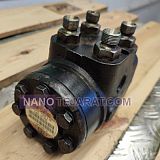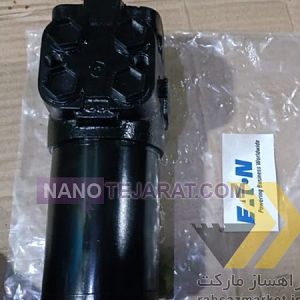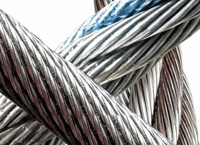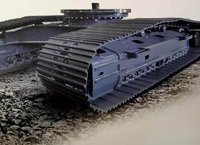- Construction Machinery
- Pump
Steering Unit
Search Results For Steering Unit| hydraulicmarket |
| Iran |
| 021-55130771 |
forklift orbitrol steering unit repair
The Orbitrol steering unit in tractors and forklifts is responsible for converting hydraulic oil pressure and flow into mechanical movement of the steering shaft. This unit is typically high-pressure, double-acting, and capable of handling operating pressures between 180 and 260 bar. Its internal design includes pistons, springs, valves, and precisely machined housings with tolerances below 0.05 millimeters, allowing accurate oil flow control and precise steering shaft movement. Selecting the appropriate unit and maintaining the specified flow and pressure for each tractor or forklift model is crucial to prevent vibration and premature component wear.
The mounting location of the Orbitrol steering valve is usually on the hydraulic pump outlet path, near the input shaft of the steering unit. This position allows the valve to receive direct hydraulic pressure and transmit force accurately to the steering cylinders. Pressure and return lines are connected with high-pressure O-rings and flange couplings to prevent leakage and flow reduction. Improper alignment or installation can cause increased steering shaft vibration and reduced lifespan of hydraulic components.
The repair process for the Orbitrol steering unit involves disassembling the assembly, thoroughly cleaning all com

 | |
| hydraulicmarket | 021-55130771 |
| hydraulicmarket |
| Iran |
| 021-55130771 |
orbital steering unit repair
The Orbital Steering Unit is a precise hydraulic system designed to convert linear hydraulic oil movement into rotational motion of the steering shaft. This unit is commonly used in heavy machinery, tractors, and combines, and can handle operating pressures between 180 and 250 bar. Its internal design includes multi-channel pistons, control valves, and housings with tolerances below 0.05 millimeters, enabling force transmission with minimal friction and leakage.
The mounting location of the orbital steering unit is usually on the input shaft of the steering system, near the hydraulic pump. This position allows the unit to receive direct hydraulic pressure and transmit precise motion to the output steering shaft. Pressure and return lines are connected with high-pressure-resistant O-rings and flange couplings. Any leakage or misalignment at this point can cause increased vibration, reduced steering precision, and premature bearing wear.
The repair process for an orbital steering unit involves disassembling the unit, inspecting piston wear, valves, and housing, and measuring tolerances with a digital micrometer. If cracks or wear greater than 0.05 millimeters are detected, component replacement is mandatory. After reassembly, the unit must be tested on a hydraulic bench at 20

 | |
| hydraulicmarket | 021-55130771 |




